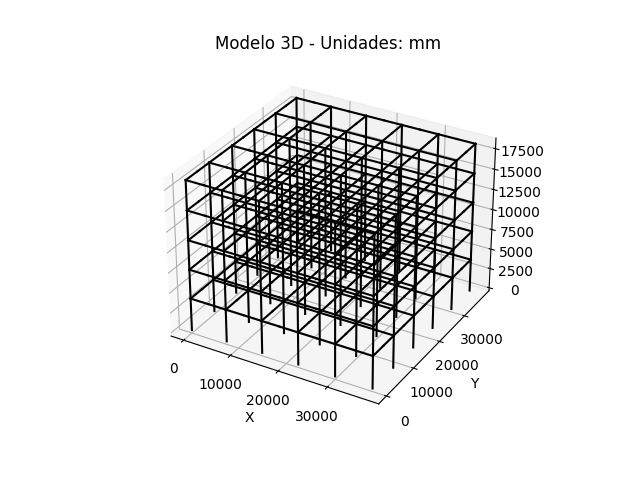-
Notifications
You must be signed in to change notification settings - Fork 67
New issue
Have a question about this project? Sign up for a free GitHub account to open an issue and contact its maintainers and the community.
By clicking “Sign up for GitHub”, you agree to our terms of service and privacy statement. We’ll occasionally send you account related emails.
Already on GitHub? Sign in to your account
3D ElasticTimoshenkoBeam element with rigid joint offsets #104
Comments
|
@juancaFS that's an interesting observation. Others will know better, but I suspect it will be difficult to figure out where the difference arises from the information you've given. It might be better to consider a single plane portal frame (3 members), and to check the stiffness matrix from your own calculation with that from OpenSeesPy. You can use |
|
I agree 100% with @ccaprani. A minimal working example (portal frame, simple span, or a cantilever), something small and manageable, will go a long way to tracking this down. No one will be able to reproduce what you have shown here. |
|
@ccaprani @mhscott Of course. Please find attached the script corresponding to a minimal 3D model: |
|
Muchas gracias, @juancaFS! |
|
Dear @mhscott thank you for your advice. |
|
Good to hear, thanks! |

Dear all,

I would like to report an issue regarding ElasticTimoshenkoBeam elements in 3D with the option of rigid joint offsets. I have worked on a simple 5-story RC symmetric building with six moment frames in each direction:
This is a comparison for the first translational period between results from OpenSeesPy and an independent calculation in Python, using two types of frame elements (elasticBeamColumn and ElasticTimoshenkoBeam) and w/wo rigid joint offsets in all the frames:

In each of those four cases, all the beams and columns of the model were assigned a unique type of element. I got a disagreement for the fundamental periods of the case of ElasticTimoshenkoBeam element with rigid joint offsets, the other cases are fine.
The data considered were:
Beams: 350 mm X 750 mm
Columns: 600 mm X 600 mm
Centre-to-centre distance between columns: 7.5 m (square plan with side 37.5 m)
Height of columns: 4.0 m (1st story) and 3.6 m (others)
Concrete: f'c = 21 MPa
Translational masses:
peso1 = 12186350 N
pesotip = 12108900 N
peso5 = 10695780 N
masses = np.array([peso1, pesotip, pesotip, pesotip, peso5])/g
Thank you for your attention.
The text was updated successfully, but these errors were encountered: